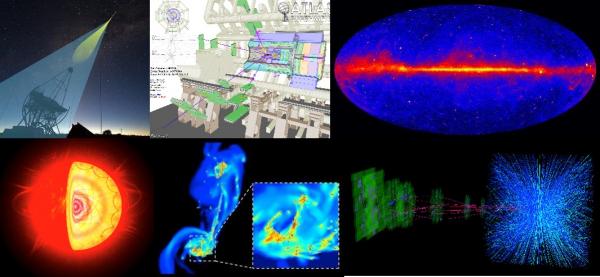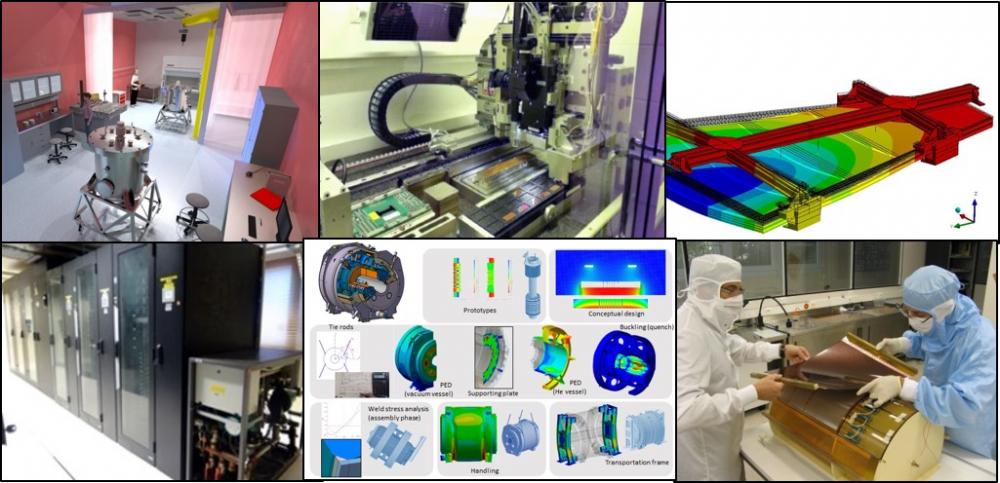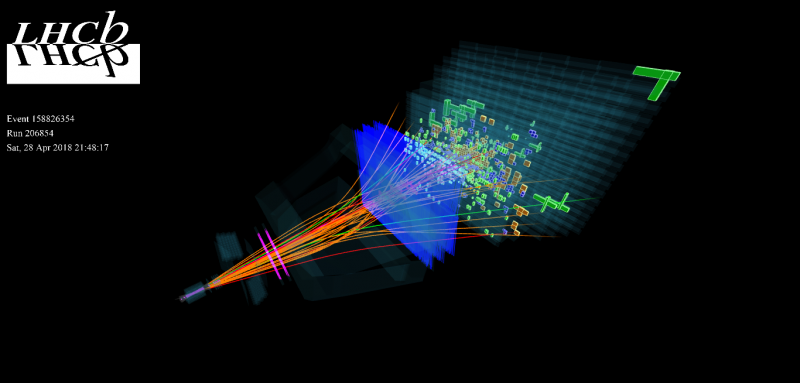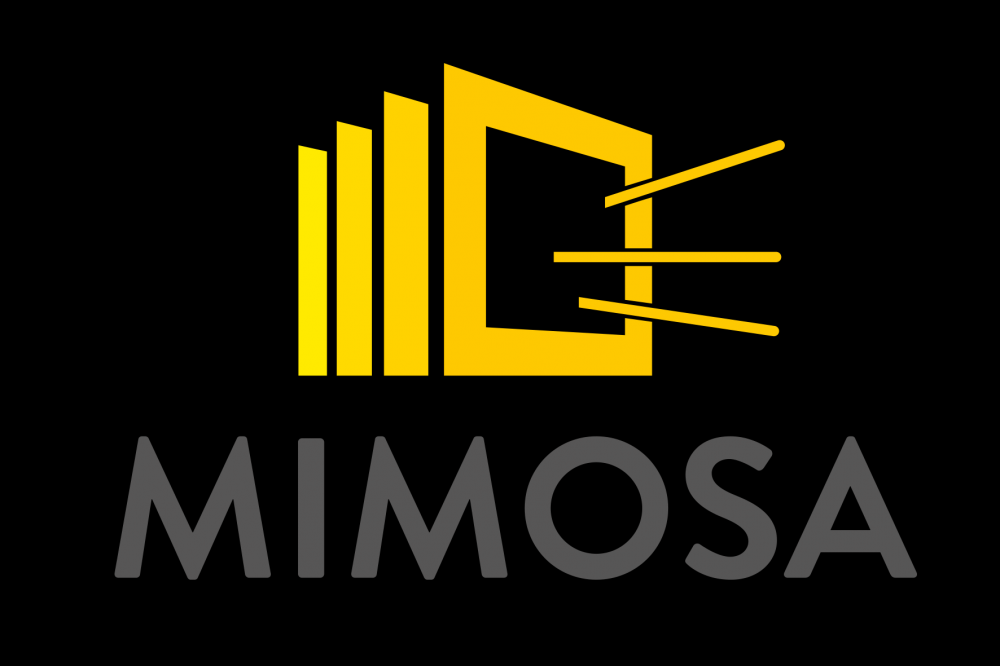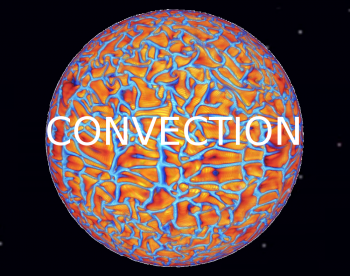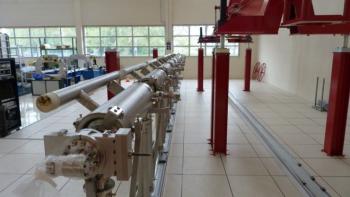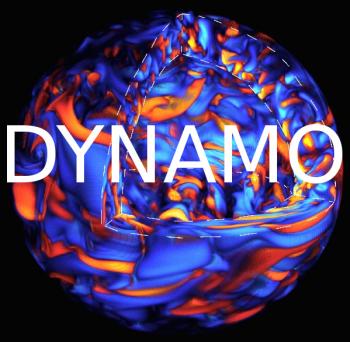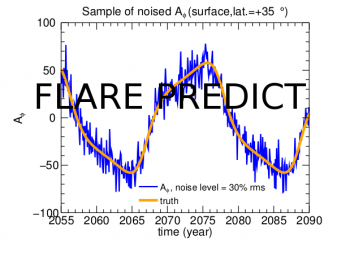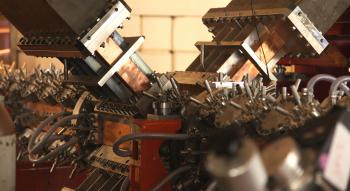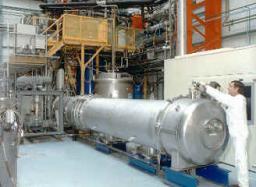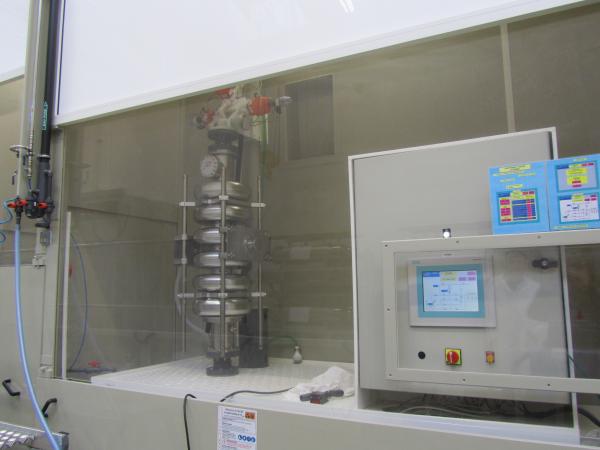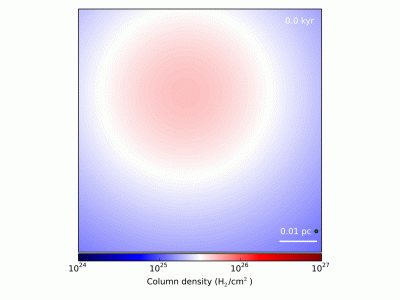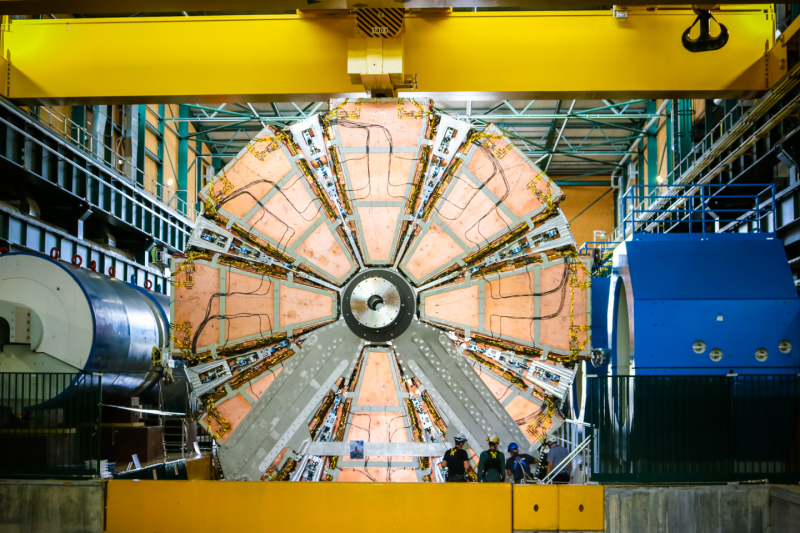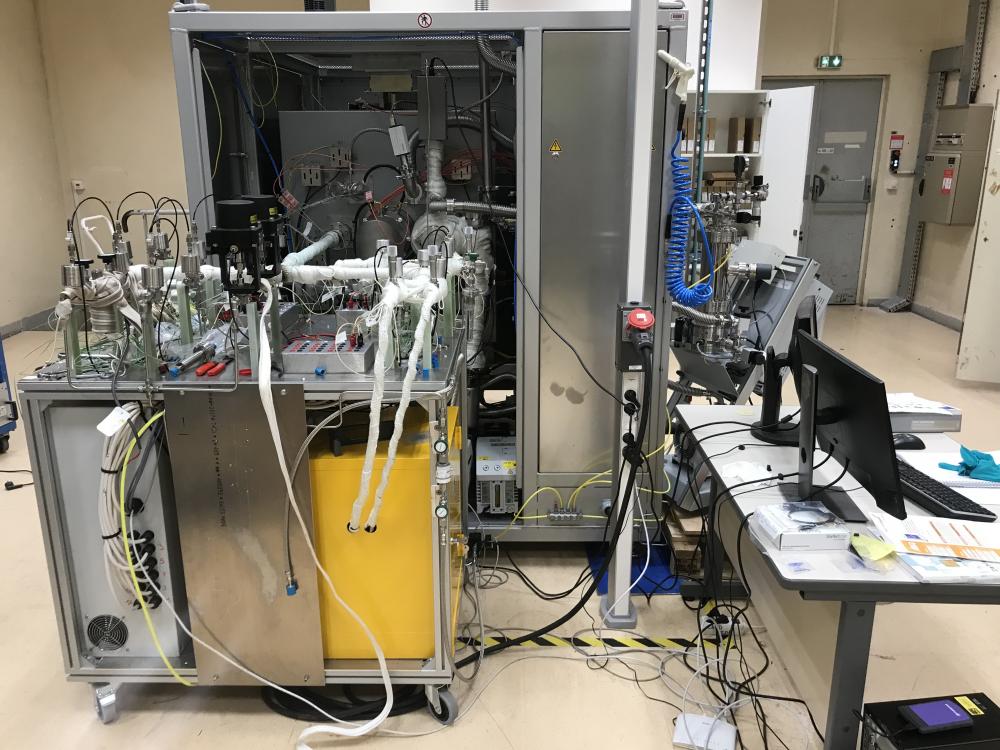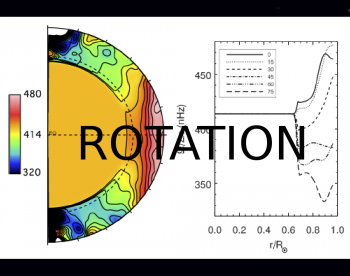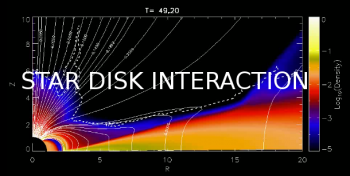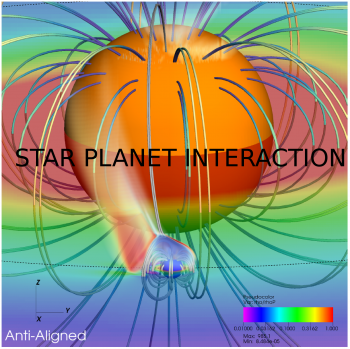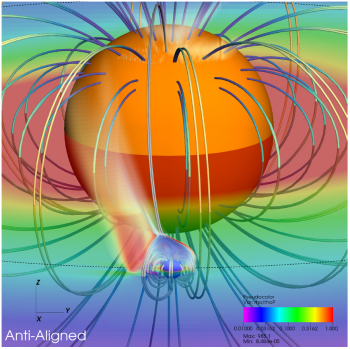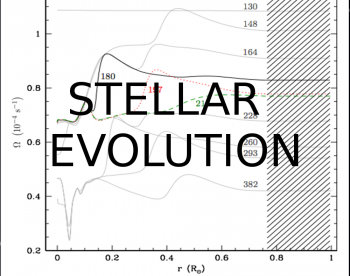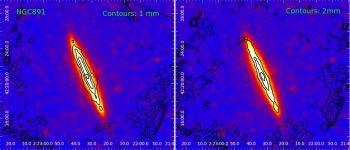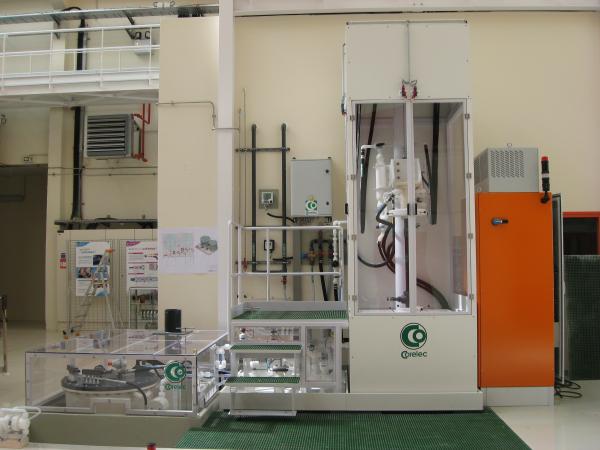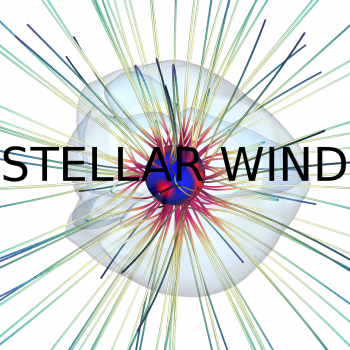L’Irfu, Institut de recherche sur les lois fondamentales de l’Univers, de la direction de la recherche fondamentale (DRF) du CEA, regroupe trois disciplines scientifiques, l’astrophysique, la physique nucléaire et la physique des particules, ainsi que de l’ensemble des expertises technologiques associées.
Il se positionne pour répondre aux principales questions ouvertes dans la compréhension des quatre interactions fondamentales, à différentes échelles, de la plus petite échelle (constituants élémentaires de la matière, matière nucléaire), à la plus grande échelle (contenu énergétique et structuration de l’Univers). Ces recherches font appel au traitement de grands volumes de données, ainsi qu’à la maitrise d’outils de simulation complexes. L’Irfu participe également au développement et à l’exploitation de la très grande infrastructure de recherche Ganil (Grand accélérateur national d’ions lourds) dans le cadre d’un groupement d'intérêt de recherche (GIE) CEA-CNRS. Le positionnement technologique de l’institut répond au développement des instruments nécessaires pour conduire ces recherches (accélérateurs, aimants, détecteurs, électronique, systèmes d’ingénierie). Ces développements réalisés en lien étroit avec l’industrie vont bien au-delà de la communauté scientifique de la physique des deux infinis, l’institut étant sollicité pour ses technologies par d’autres communautés scientifiques, au cœur du CEA. Il veille à valoriser ses développements pour diverses applications sociétales.
Afin de répondre aux questions clés concernant les constituants élémentaires de la matière, l’organisation de la matière nucléaire, la structure ainsi que le contenu énergétique de l’Univers, l’Irfu s’organise autour de thèmes scientifiques, auxquels s’ajoutent des thèmes technologiques liés aux accélérateurs et aux aimants supraconducteurs, aux détecteurs, circuits de microélectronique et traitement du signal ainsi qu’un thème lié aux développements algorithmiques pour le calcul scientifique.
Les développements technologiques et l’intégration des grands instruments dont l’Irfu a la responsabilité nécessitent l’existence de plateformes.

Le Synergium est la grande plate-forme technologique
du Département des accélérateurs, de cryogénie et de
magnétisme qui s’étend sur plus de 25 000 m².
Sur le site de Saclay, 50 000 m2 sont ainsi consacrés à plusieurs plateformes thématiques (spatial, micro-électronique, accélérateurs et aimants, bureau d’étude, calcul), évolutives au fil de la vie des projets. Le Ganil, à Caen, est un TGIR co-opéré par le CEA et le CNRS, délivrant du faisceau plusieurs mois par an pour la recherche en physique nucléaire mais également pour de multiples applications.
L’Irfu est structuré en sept départements eux-mêmes constitués de laboratoires (ou de services dans le cas du Ganil) :
Le département des accélérateurs, de cryogénie et de magnétisme (DACM)
Le département d’ingénierie des systèmes (DIS)
Le département d’électronique, des détecteurs et d’informatique pour la physique (DEDIP)
Le département d’astrophysique (DAp) qui recouvre très largement l’unité mixte de recherche AIM sous cotutelle CEA-CNRS-Université Paris-Diderot
Le département de physique nucléaire (DPhN)
Le département de physique des particules (DPhP)
Le département Ganil (Ganil), partie du GIE CEA-CNRS
L’institut accueille depuis 2015 le laboratoire de recherche sur les sciences de la matière (LARSIM) et 5 chercheurs du département d’astrophysique et du département de physique des particules sont affectés à l’unité mixte de recherche APC sous cotutelle CEA-CNRS-Université Paris Diderot-Observatoire de Paris.
L’Irfu est localisé autour de trois grands pôles. Le pôle principal est situé sur le site principal du centre CEA de Paris-Saclay. Il regroupe environ 580 salariés de l’échelon direction et des départements DPhP, DEDIP, DIS et DACM. Le site de l’Orme des Merisiers situé à 2 km environ du site principal regroupe près de 255 salariés du DAp et du DPhN. Enfin, 115 salariés CEA du Ganil sont localisés à Caen sur le campus Jules Horowitz.
L’Irfu en chiffres
- 200 physiciens
- 300 ingénieurs
- 190 techniciens
- 105 doctorants (en moyenne 30 soutenances /an)
- 155 CDD et post-doctorants
- Nombre de formations en alternance : 30
- 60 projets
- Nombre de publications par an : 800
- Nombre de brevets en portefeuille : 65 brevets
- Nombre de thèses soutenues par an : 30

